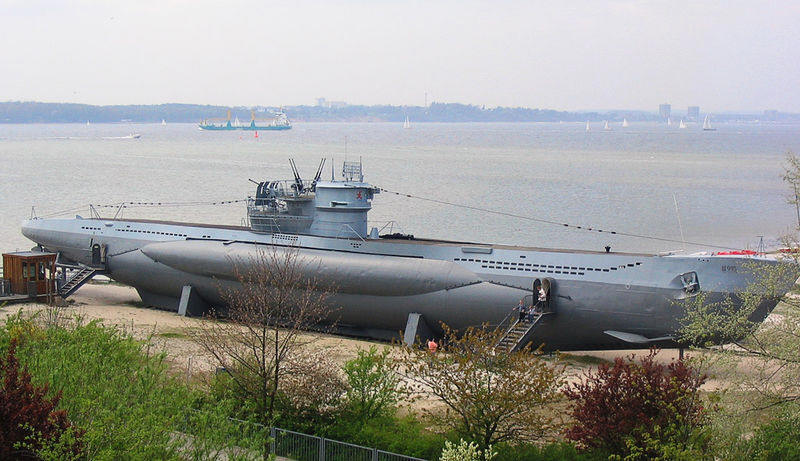"For the modern submarine of about 750 tons that is raiding our coast has a surface speed of some 21 knots, which is far fastern than World War submarines.
It can attack at night at high speed on the surface and be away again before our present slow patrol craft can do more than fire a few ineffective shots."And the detectors that have been developed -- radio detecter, not used in the World War, the supersonic detector and the improved hydrophoned -- are not adequate in themselves.
The warning once given, the anti-submarine craft must have adequate speed and gunpower to outmatch the submarine.
We have neither enough detectors nor enough ship0s of adequate speed and gun power today.As a result the merchant shipping situation grows more serious daily..."
Indeed, by April 1942 Doenitz's Operation Drumbeat "Second Happy Time" U-boats have sunk more tons of US shipping vital to the war effort (i.e., oil tankers) than the Japanese did at Pearl Harbor.
- "The first U-boats reached U.S. waters on 13 January 1942.
By the time they withdrew on 6 February, they had sunk 156,939 tonnes of shipping without loss.
The first batch of Type IXs was followed by more Type IXs and Type VIIs supported by Type XIV "Milk Cow"[37] tankers which provided refuelling at sea.
They sank 397 ships totalling over 2 million tons (...not a single troop transport was lost)."
Interesting to note that Baldwin here exactly nails the German Type VII U-boat (750 tons, with surface speed about 21 miles per hour, not 21 knots as Baldwin says).
However, the first U-boats in American waters were the larger Type IXs -- 1,000 tons and 21 miles per hour on the surface.
Type VII:
Type IX:

Operation Drumbeat's "Second Happy Time" -- the US coastline at night in 1942: